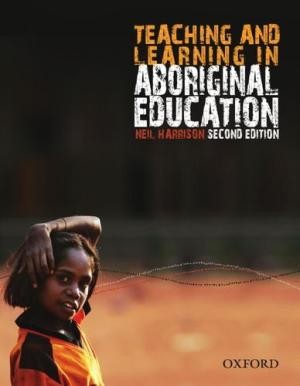A seamless blend of the practical, personal and theoretical Teaching and Learning in Aboriginal Education 2nd edition helps pre-service teachers prepare themselves for the challenges and joys of teaching Aboriginal students in urban, remote and rural primary and secondary schools. This book balances the practical, the personal and the theoretical to convey the richness of diversity that is found within Australian classrooms. Features throughout focus on building students’ confidence and understanding of the different classrooms, cultural environments and communities they will be teaching in. These include: Personal narratives provide real experience of teaching Indigenous children and explore issues that future teachers may encounter. Learning from experience vignettes from teachers working with indigenous students allow the pre-service teacher to explore the community environments they will encounter when teaching indigenous children in urban, rural and remote primary and secondary schools. Chapter 5 Teaching, Reading and Writing with Aboriginal children, contributed by David Rose covers literacy theory in depth, with application to Indigenous communities. Chapter 10 Teaching Aboriginal Perspectives to Non-Aboriginal Students includes an extensive collection of resources, including documentaries, journals, articles and websites New to this Edition: NEW Chapter 2 Recognising our History explores Aboriginal history to ensure that pre-service teachers have the skills to incorporate the new requirements of the national curriculum to incorporate Aboriginal Perspectives into all aspects of teaching. NEW Chapter 7 Aboriginal Children as powerful Mathematicians, contributed by Peter Howard and Bob Perry, explores how to connect mathematics in the classroom with the life experiences of mathematics in the everyday life of Aboriginal students. NEW section in Chapter 4 Quality Teaching Practices for Aboriginal Children, contributed by Peter Merrotsy, explores working with gifted and talented Aboriginal children to ensure that they don’t become invisible underachievers. pp. 213 #210116
Teaching and Learning in Aboriginal Education (2nd Revised edition)
$20.00
Sold Out
Additional Information
| Author | Harrison, Nell |
|---|---|
| Publisher | Oxford University Press, Melbourne |
| Year Published | 2011 |
| Book Condition | As new. |
|---|---|
| Binding Type | Softcover |
